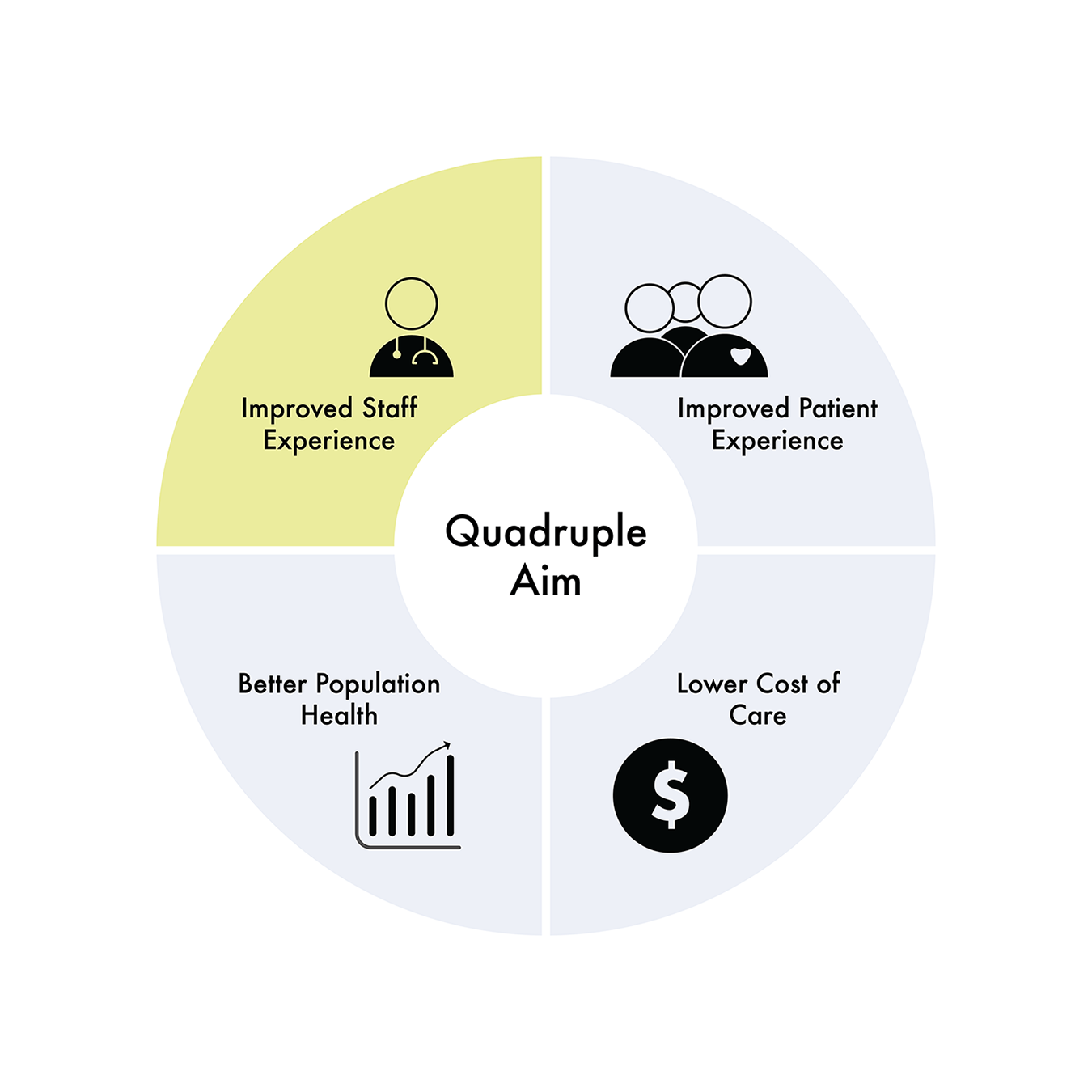Design for Health Systems
Designing harmonious and relevant user experiences for health care requires a holistic understanding of health systems comprising different stakeholders, various care settings and clinical applications. Through years of experience by working with global health tech companies such as Philips Medical, Gettinge AB, Arjo, Johsson & Johsson, Roche and many others, I have a first hand experience in how to understand the needs of healthcare professionals and decisions makers in order to deliver optimum patient care experiences. Patient Monitoring, Therapeutic Care, Image Guided Therapy, Diagnostic Imaging and Home Diagnostics are some of the domains that I have worked with.
My competences span across design strategy to product development in order to co-create solutions with key stakeholders such as patients, families, clinicians, key opinion leaders, business strategists, technologists and other decision makers. I have been managing such co-creative design projects while leading teams of both digital and hardware designers, people researchers and usability experts.
4 essential aspects in order to design solutions for Health Systems are;
Healthcare services are multifaceted and complex systems that start with prevention at home, sometimes from emergency departments to operation rooms, to diagnostic imaging to intensive care units to rehabilitation centers to test labs and back to home. Each touch point through out this journey has different stakeholders, design requirements and challenges.
Whether it is prevention, treatment or rehabilitation, healthcare solutions should be developed considering needs of clinicians in different clinical settings in order to improve patients’ and their families’ experiences while complying with regulations.
Multi User/s Focused Design
By working with healthcare professionals globally over the years, I don’t only have first hand experience of the domains’ challenges but also what motivates and aspires people working in this field. Helping people is the number one reason that motives healthcare professionals while team collaboration and using technology to achieve that goal are equally important. It is crucial for healthcare professionals to be able to feel part of a team and act as a team.
By understanding clinicians’ journey and their needs, pain points, aspirations, motivations and their challenges, health tech industry can eliminate healthcare solutions to be a burden for care professionals and rather be enablers to deliver the life saving care.
PATIENT care requires care of the PROVIDER
The quadruple aim, that was first introduced by Institute for Healthcare Improvement (IHI) as triple aim, has been a widely accepted framework to optimize health system performance worldwide. Especially with the additional goal of improving the work life of health care providers, including clinicians and staff in the recent years, it strongly advocates that “care of the patient requires care of the provider”. The framework proposes that health care institutions simultaneously pursue 4 dimensions of performance: improving the health of populations, enhancing the patient experience of care, improving staff experience and reducing the per capita cost of health care
This framework has been embraced not only by health institutions but health tech companies as well to create and envision solutions that meet these goals.
Value Propositions for Quadruple Aim
“Climate change is damaging human health today and will have a greater impact in the future. The Lancet has called it the “biggest global health threat of the 21st century.” Direct climate impacts, such as the spread of vector borne disease, increased heat, drought, severe storms and flooding, as well as the mass migration of climate refugees have health consequences that will disproportionately affect the most vulnerable and marginalised populations and increase in intensity over time. At the same time, the main driver of climate change—fossil fuel combustion—is causing major health problems now, contributing to air pollution that kills more than six million people a year, roughly twice as many people as HIV/AIDS, Malaria and TB combined.
Health care contributes to carbon emissions through energy consumption, transport, and product manufacture, use, and disposal. The Health care’s global climate footprint report, published by Health Care Without Harm , shows that health care’s climate footprint is equivalent to 4.4% of global net emissions, equivalent to the annual greenhouse gas emissions from 514 coal-fired power plants.
The worst effects of climate change can be prevented, and such prevention presents an opportunity for health care to play a leadership role by implementing resiliency and low-carbon development strategies within the sector, while influencing others to mitigate climate change and improve population health.” https://noharm-global.org
One of the change that needs to happen is to switch from a current “treatment based” healthcare to “prevention first” to improve wellbeing of populations. This won’t only create more healthier populations that are resilient to new waves of diseases but also it will cut down the carbon emissions and cost of healthcare systems.



